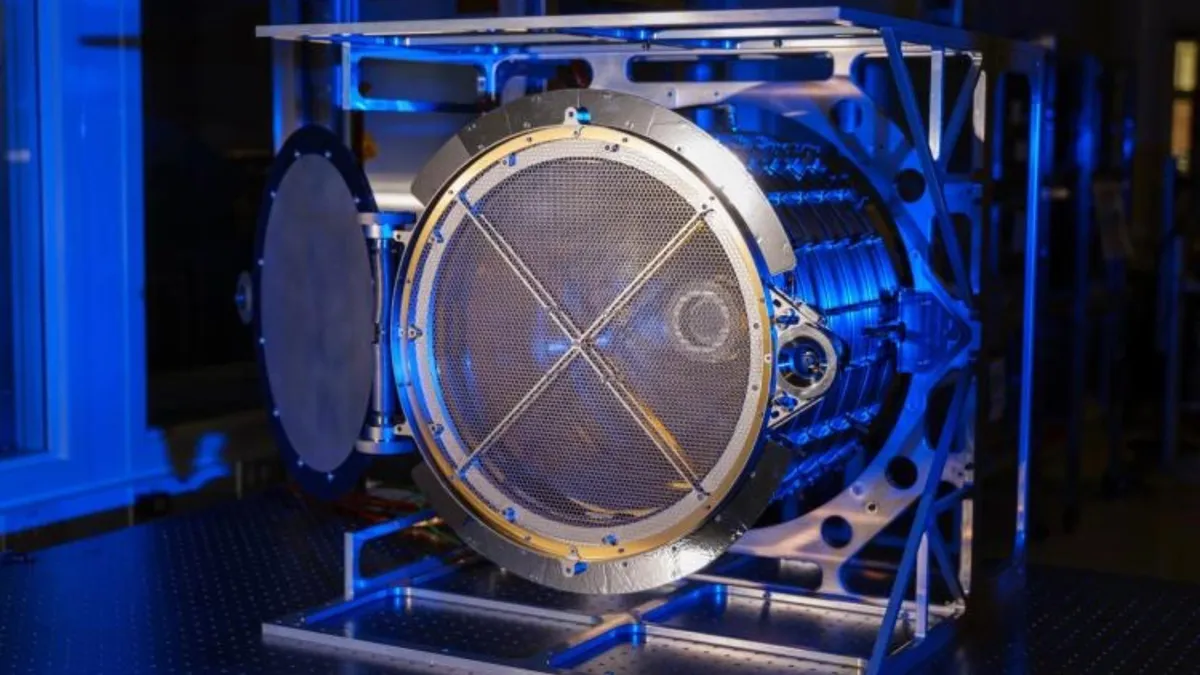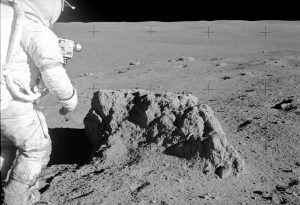NASA to Launch An Interstellar Dust-Catching Device In 2025
25th Jan 2024
A dubbed Interstellar Dust Experiment (IDEX), the interstellar dust-catching instrument, is set to launch on NASA’s Interstellar Mapping and Acceleration Probe (IMAP) mission in 2025.
Main features of IDEX
The interstellar-dust catching device weighs 47 pounds. It has the shape of a drum.
IDEX was crafted by The Laboratory for Atmospheric and Space Physics (LASP) at the University of Colorado Boulder.
The instrument has recently been moved to the Johns Hopkins University Applied Physics Laboratory in Maryland to be integrated into the IMAP spacecraft.
A device to investigate the initial building of the Solar system
IDEX seeks to grasp tiny particles of stardust entering our solar system from the vast expanse of deep space. The device will analyze their makeup in order to enhance our comprehension of the cosmic surroundings in the solar system.
Furthermore, this instrument will investigate dust particles emitted by comets and asteroids.
Grains of stardust holding valuable space information
Mihály Horányi, principal investigator for IDEX and a professor in LASP and the Department of Physics at CU Boulder, emphasized, “These dust particles were born in supernova explosions; most of them have undergone changes during their journey in interstellar space. However, they remain the nearest material we have to comprehend the original constituents of the solar system. Detecting and analyzing them in space opens a new window to the universe.”
Capturing interstellar dust is challenging because these tiny particles are scattered widely. In addition,some dust grains may attain speed exceeding 100,000 mph. Over its operational lifespan, the tool might only collect a few hundred of them.
Nonetheless, every tiny particle of interstellar dust carries much valuable cosmic data.
How IDEX works
The IDEX instrument is equipped with a generous 20-inch-wide aperture. Upon entrapment, these minuscule grains swiftly transform into a cloud of ions. This transformative process enables the instrument to discern various characteristics of the captured particle, unraveling mysteries about its origin and composition.
Scott Tucker, project manager of IDEX, mentioned that “The main challenge with IDEX has been what engineers call “dynamic range”. We’ve got to take both really fast and large particles and smaller and slower particles and measure them with the same instrument”.
IMAP’s main goal
The primary focus of the IMAP spacecraft is to delve deeper into two key aspects of space physics. The first one is understanding the acceleration of charged particles, and the second – exploring the interactions between solar wind and the interstellar medium.
IMAP’s ten scientific instruments will conduct observations from Lagrange Point 1, situated approximately one million miles away from Earth.
The planned operational duration for the IMAP mission is two years following its launch in 2025.






Thank you for your comment! It will be visible on the site after moderation.